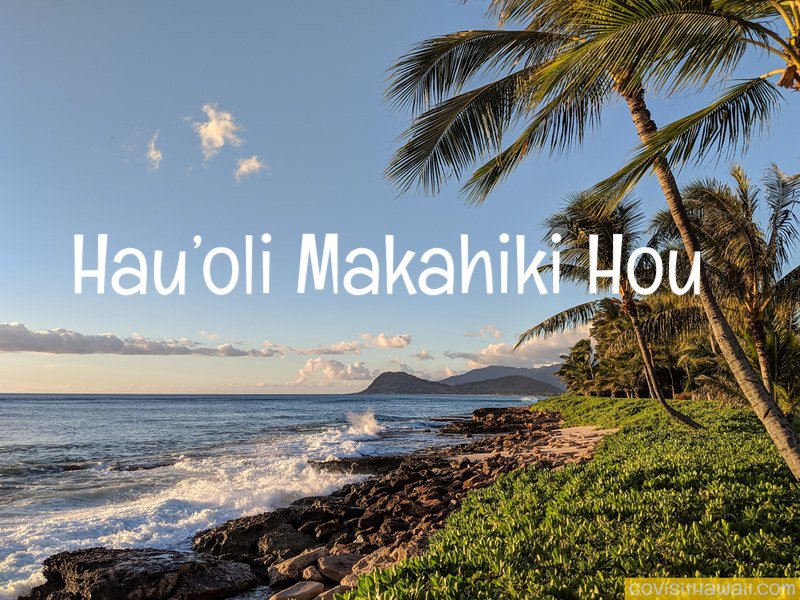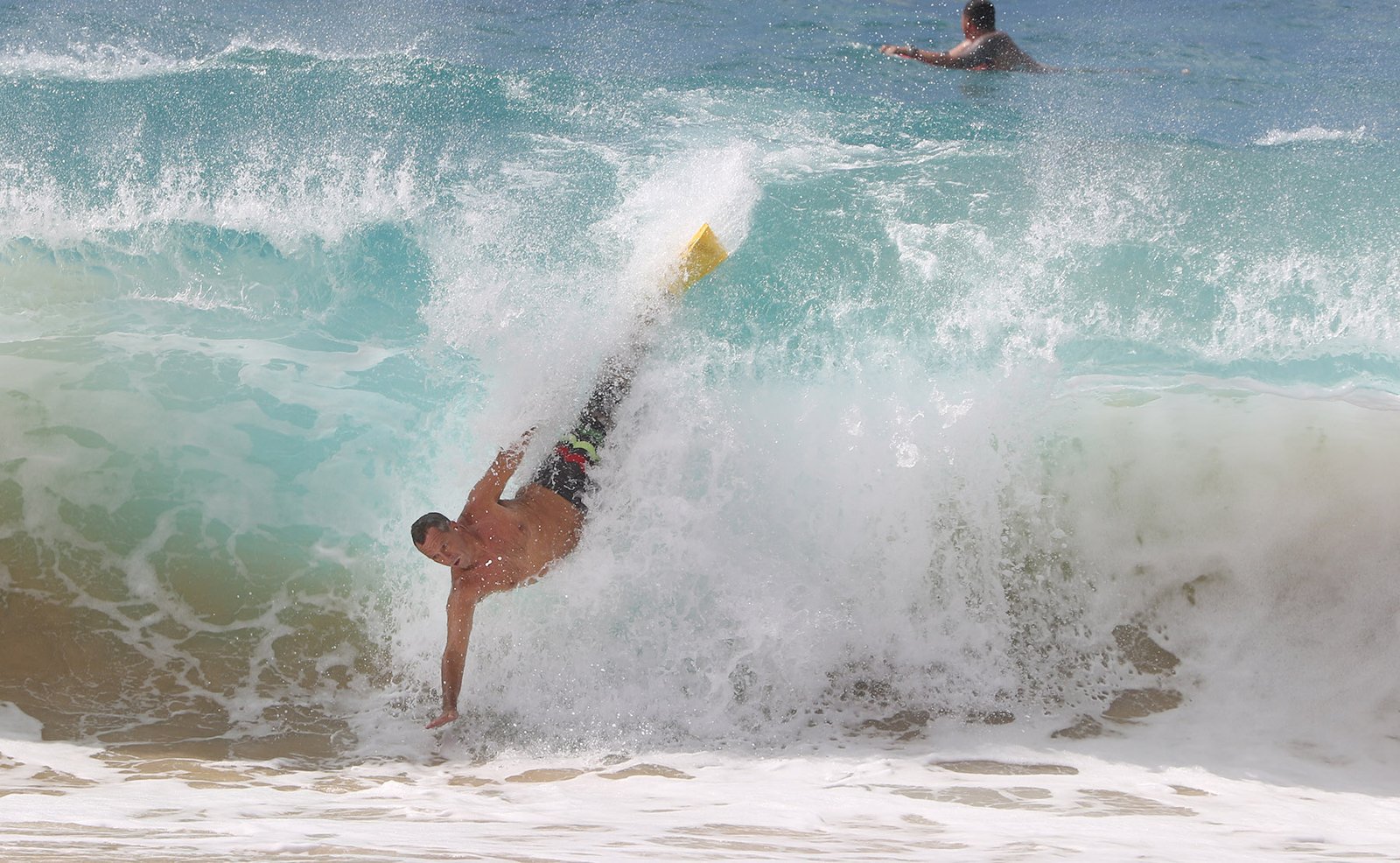Sometimes it’s what we don’t see that matters most.
This is true for Hawaii’s lifeguards.
What you don’t see are the number of rescues that didn’t happen because of lifeguards. The number of people whose lives were saved because a lifeguard warned them about strong currents, dangerous undertow and unpredictable surf conditions. The number of people who were treated for box jellyfish stings, cuts and other injuries at one of the 42 towers across the island.
Those numbers aren’t usually reported.
According to city data, 2.2 million beachgoers interacted with a lifeguard on Oahu in 2022. (That’s roughly 10% of all beachgoers.)
While lifeguards made 2,682 rescues that year, they, more notably, prevented 187,322 people on the beach from doing something unsafe — something that may have resulted in a rescue, or worse.
“These numbers don’t make the news,” says Honolulu Emergency Medical Services Director Dr. Jim Ireland. “They aren’t the spectacular rescues because these are the rescues that never happened.”
Most of us go to the beach and rarely interact with the lifeguards. We barely even know they’re there. (That is, until we need them.)
They are the quiet guardians of our beaches, patrolling hundreds of miles of coastline and responding to thousands of distress calls — and often they’re the first on the scene.


It may look like the ultimate summer-vacation cruise job — sitting in a tower overlooking a golden-sand beach, hitting the surf on your lunch break, wearing shorts and a T-shirt all day — but, trust me, working as a lifeguard isn’t easy.
Years ago I attempted to complete one of the physical fitness requirements to be a city lifeguard: the 1,000/1,000. It’s a 1,000-yard run on the sand, followed by a 1,000-yard swim in the ocean — all under 25 minutes.
This is a physical test that all lifeguards have to do, every year, to keep their jobs. They are the only emergency responders who have to pass an annual physical test.
I was in my best shape, training for sprint triathlons and surfing nearly every day. (I was also much younger, which helps.) I did the course twice at Ala Moana Beach Park — and I couldn’t do the course in under 31 minutes.
And that’s not the only physical test lifeguards have to do. They have to paddle a huge rescue board for 1,000 yards in under 4 minutes and complete a run-swim-run course (100 yards each length) in 3 minutes.
Not to mention they have to go out in dangerous conditions — pummeling shorebreak, unforgiving swells, chaotic currents — and save lives.
“This is unique to lifeguards,” Ireland says. “You have to maintain this physical requirement throughout your whole career. That really is a commitment to fitness and the ability to do your job in difficult conditions.”
In addition, many lifeguards are certified emergency medical technicians through a program with Kapiolani Community College. These graduates can provide basic and advanced life support to patients in a pre-hospital setting, including treatment of shock, immobilization of fractures and assisting in childbirth.


It’s important the city continues to fund the Ocean Safety department. Earlier this year the city allocated $22 million to increase the number of lifeguards, their hours of operation and equipment. And in October Mayor Rick Blangiardi approved another $1.3. million to hire even more lifeguards, as the department gears up for the winter surf season.
This will add another 18 new lifeguards to fully implement the dawn-to-dusk mandate, which went into effect in 2021.
That means all 42 towers on Oahu can be staffed from 8 a.m. to 6:30 p.m., with mobile units — basically lifeguards in trucks — patrolling beaches that don’t have towers and providing support to other lifeguards.
The funding also supports installing new towers at beaches that could use them. In August the city opened a lifeguard tower at Kahe Point Beach Park, also known as Electric Beach. It was the first new tower in 11 years. Since it opened the department reported seven rescues and averages 160 preventative actions a day.
The West Oahu beach has grown in popularity in the last 10 years, due to social media posts, snorkeling tours, and the increase of residents and visitors staying in nearby Ko Olina.
“On the first day of operation, lifeguards did a rescue,” Ireland says. “And we can’t even tell you how many rescues were prevented because of preventative actions. It’s shown to be a very, very important (location) and the extended hours are definitely making a difference.”
The next location will be Kalama Beach in Kailua — planned for 2024 — and two more on the North Shore.
The physical presence of lifeguards, especially in preventing people from getting into dangerous situations, makes a huge impact, Ireland adds.
“Lifeguards are unsung heroes,” Ireland says. “They’re the subject-matter experts. They use the beach, they surf the beaches where they work, they really know everything, every current, where the reefs are, where the dangers are, and they have to translate all that information to the public. And sometimes that information is that they shouldn’t be in the water that day.”
And that may be a rescue that didn’t happen.







Leave A Comment